Comprehensive Analysis of Doubtful Debts Using the Aging Method
VerifiedAdded on 2021/06/18
|5
|778
|73
Report
AI Summary
This report provides an overview of the aging method for calculating doubtful debts, a crucial technique in accounting used to estimate the amount of money a business does not expect to receive from its customers. The report explains the concept of doubtful debts, emphasizing that they arise when the certainty of receiving payment is uncertain. It details the aging of accounts receivable process, where receivable accounts are classified based on how long debts have been outstanding. The report includes a sample table illustrating the classification of accounts and the calculation of the allowance for doubtful debts. It highlights that the longer the payment duration, the higher the possibility of bad debts. The report also discusses the advantages and disadvantages of the aging method, referencing opinions of management staff, and concludes that the aging method is more accurate and scientific. The report is supported by references to accounting literature and online resources.
1 out of 5
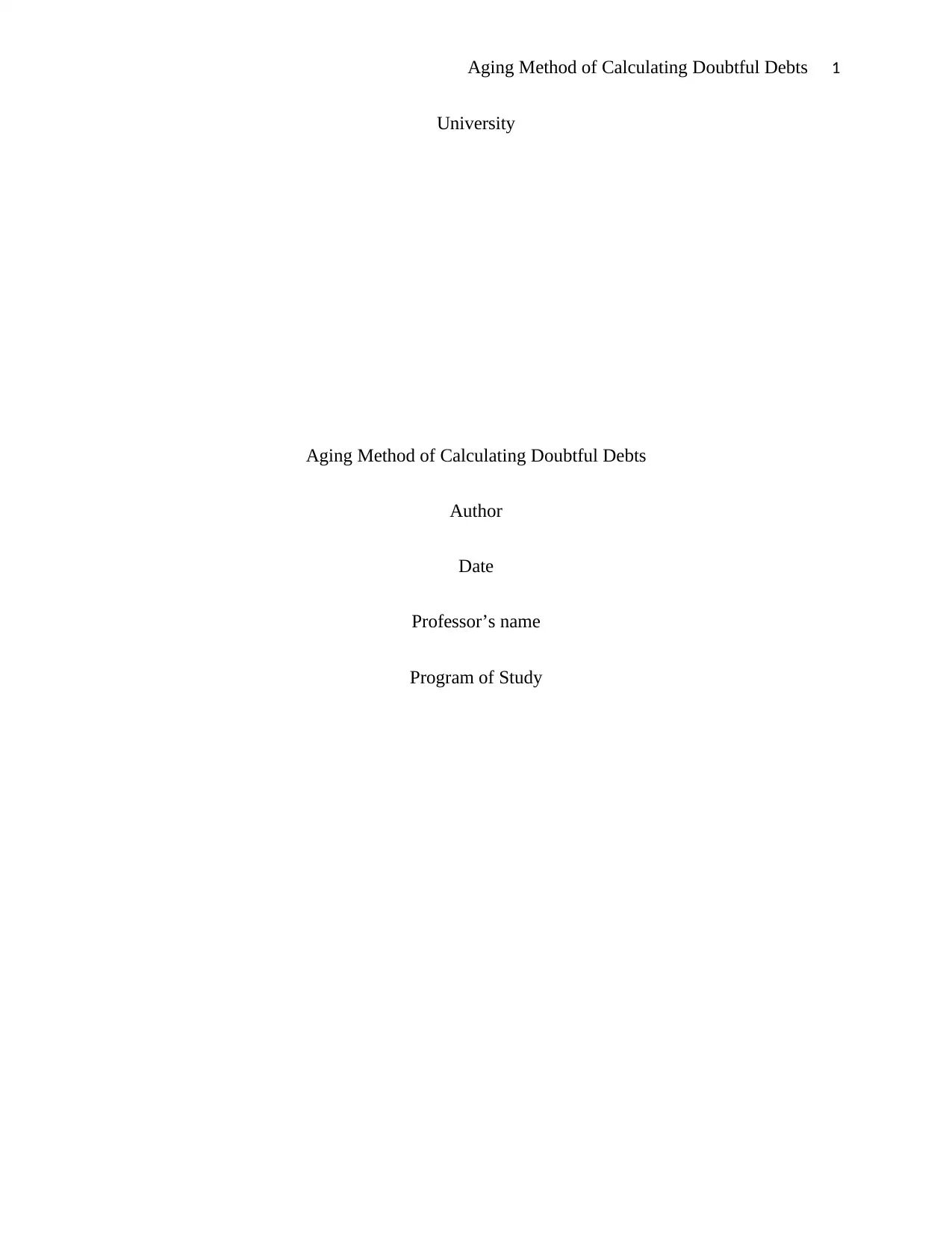
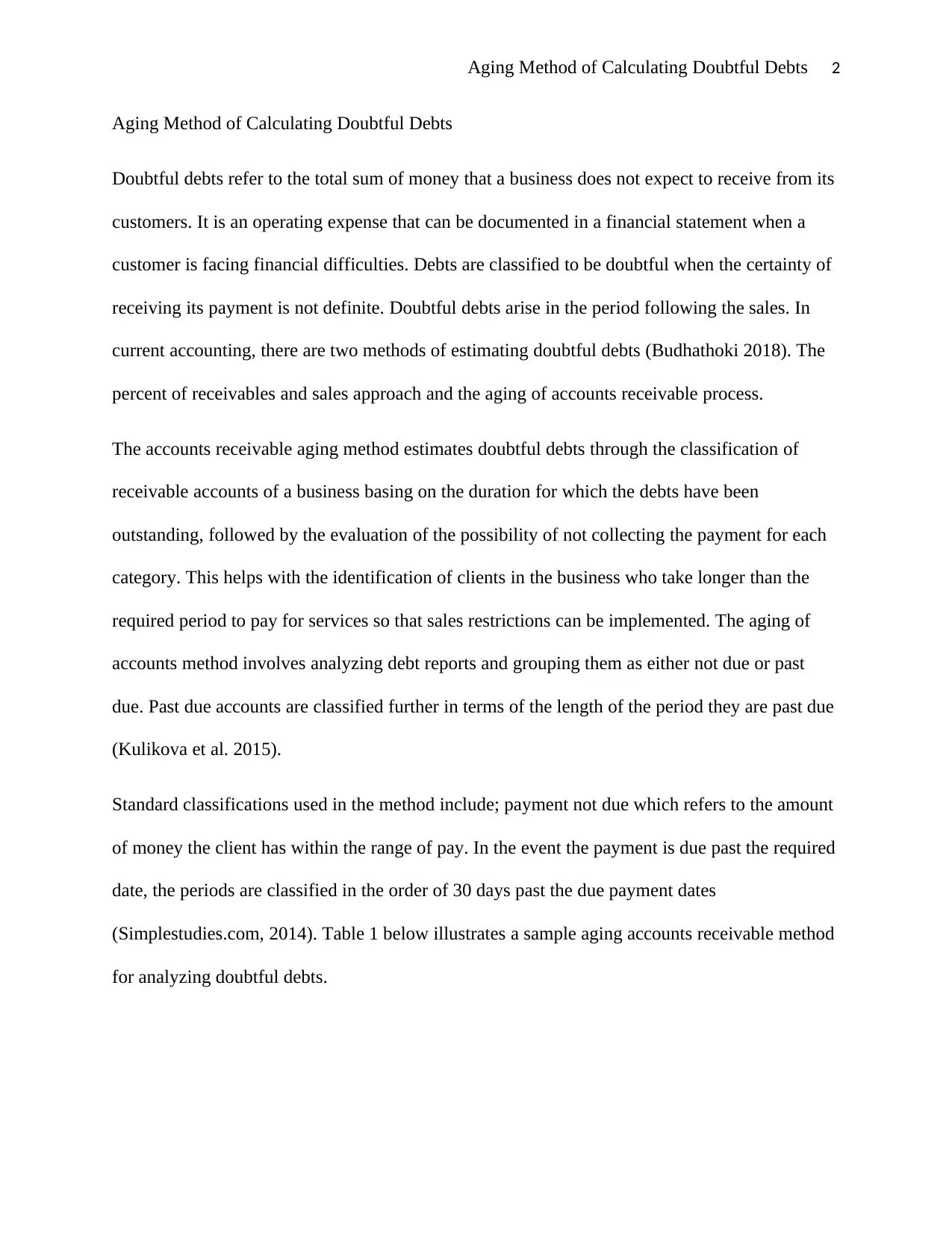
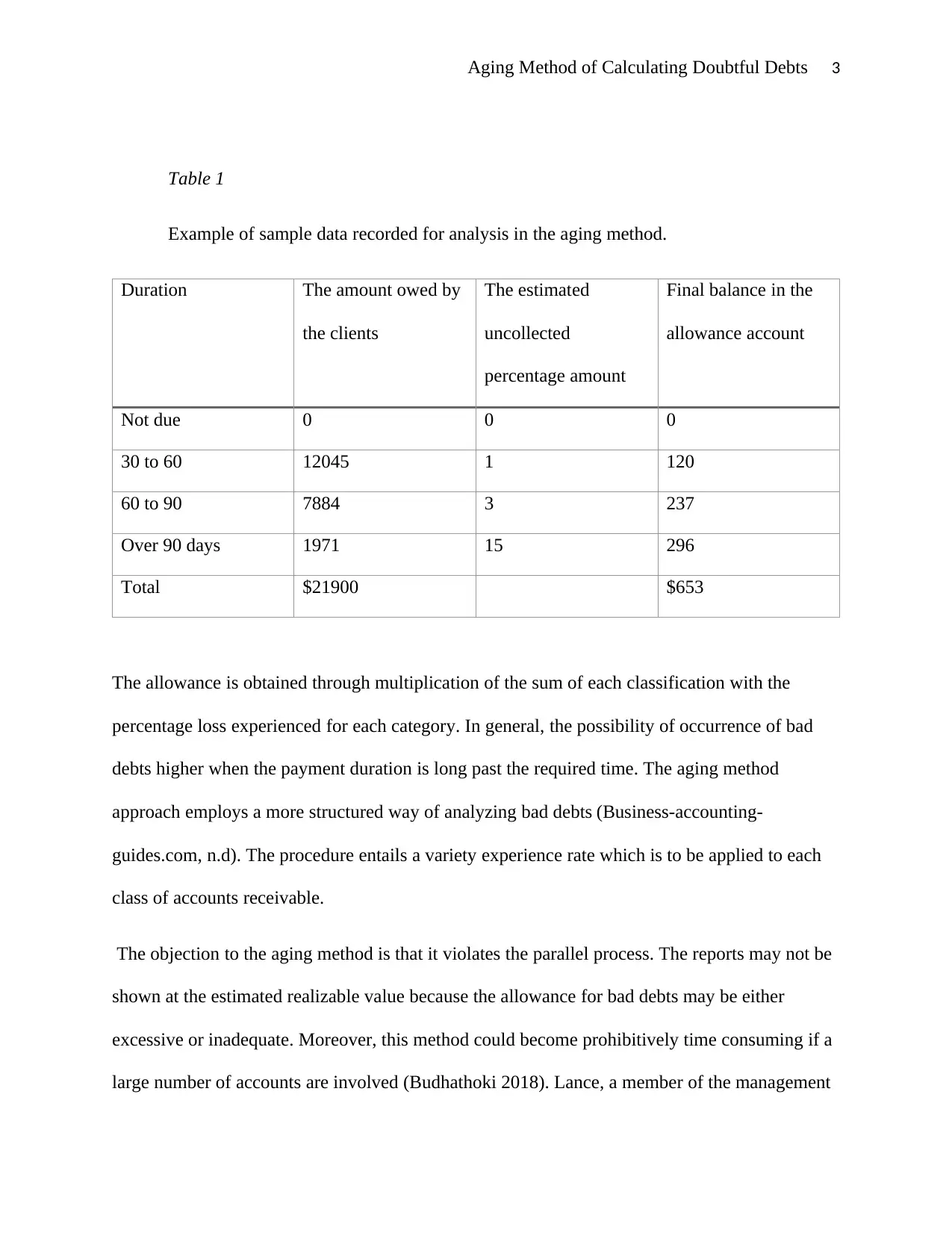

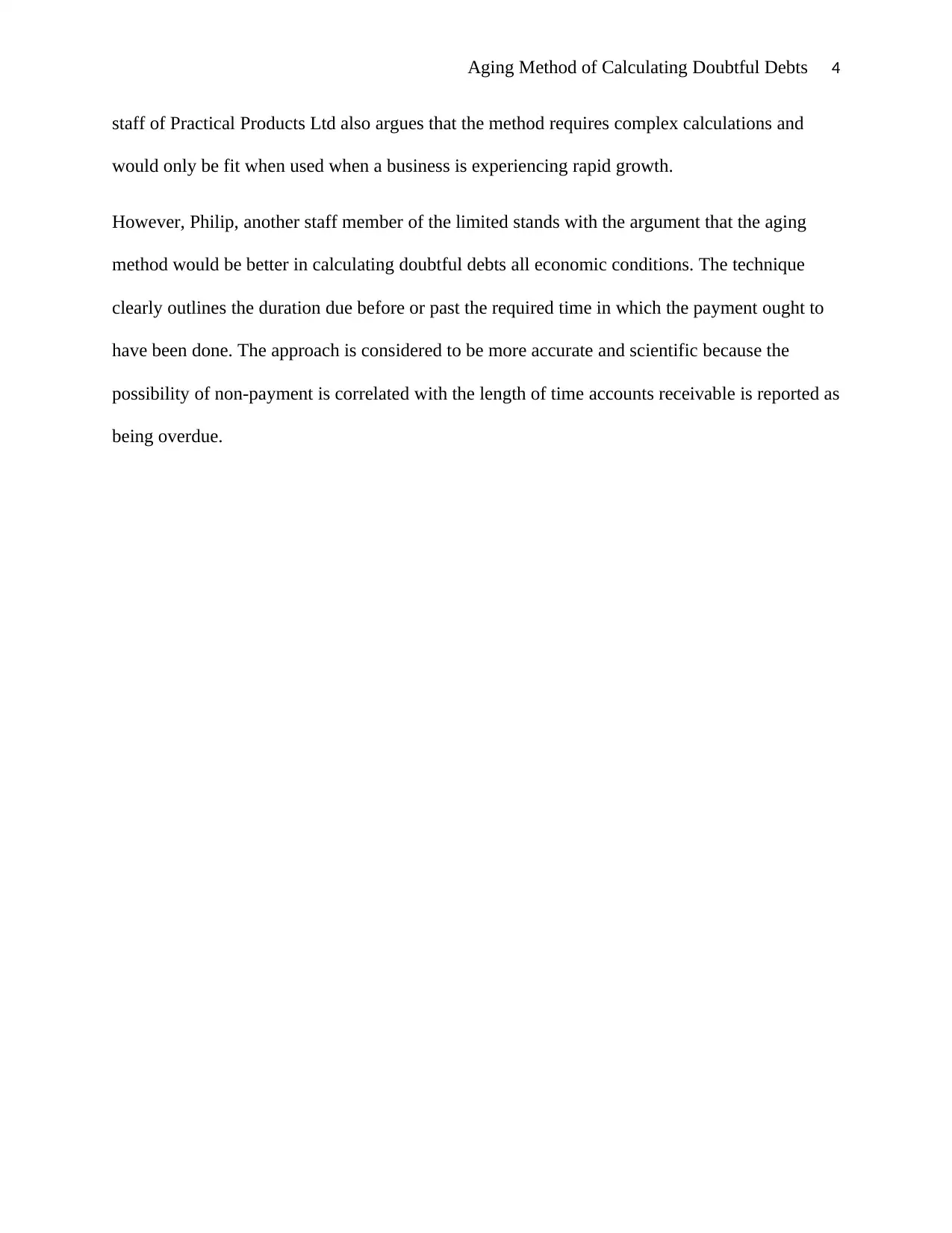
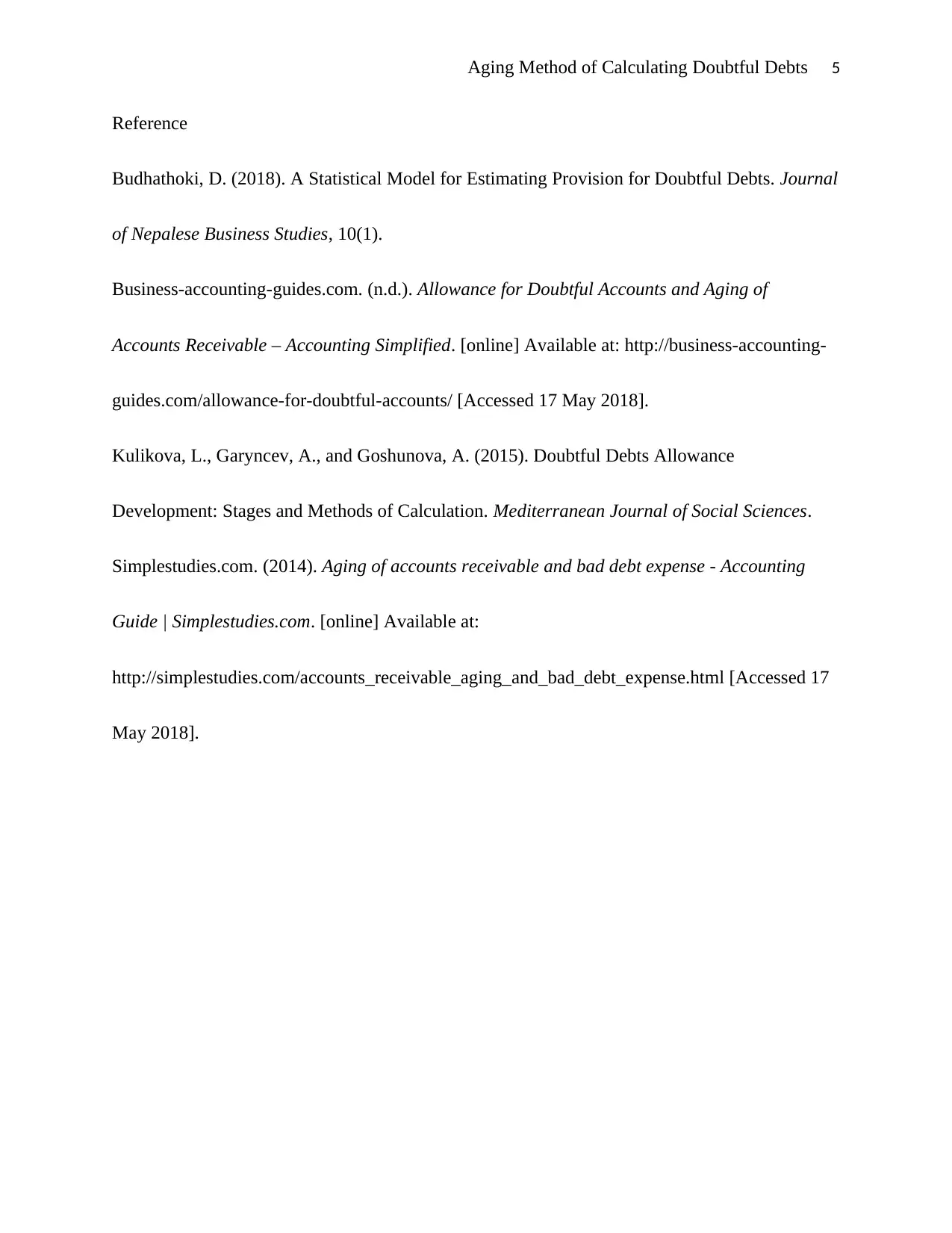



![[object Object]](/_next/static/media/star-bottom.7253800d.svg)